When it comes to choosing between faux leather and real leather shoes, the decision can be a challenging one. Both materials have their own set of characteristics, benefits, and environmental impacts. In this comprehensive guide, we will delve deep into the world of faux leather vs. real leather shoes to help you make an informed choice based on factors like quality, durability, sustainability, and ethical considerations.

.
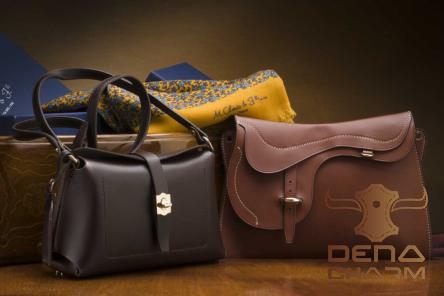 Faux Leather vs. Real Leather: What’s the Difference? Faux Leather: Faux leather, also known as synthetic leather or vegan leather, is a man-made material that mimics the look and feel of real leather. It is typically made from a combination of polyurethane (PU) or polyvinyl chloride (PVC) and fabric. Faux leather can also be made from natural materials such as cork or apple peel. Pros of Faux Leather: 1. Affordability: Faux leather is often more budget-friendly than real leather, making it a popular choice for those looking for affordable footwear options. 2. Vegan and Cruelty-Free: Faux leather is a great alternative for those who want to avoid animal products and support cruelty-free fashion.
Faux Leather vs. Real Leather: What’s the Difference? Faux Leather: Faux leather, also known as synthetic leather or vegan leather, is a man-made material that mimics the look and feel of real leather. It is typically made from a combination of polyurethane (PU) or polyvinyl chloride (PVC) and fabric. Faux leather can also be made from natural materials such as cork or apple peel. Pros of Faux Leather: 1. Affordability: Faux leather is often more budget-friendly than real leather, making it a popular choice for those looking for affordable footwear options. 2. Vegan and Cruelty-Free: Faux leather is a great alternative for those who want to avoid animal products and support cruelty-free fashion.
..
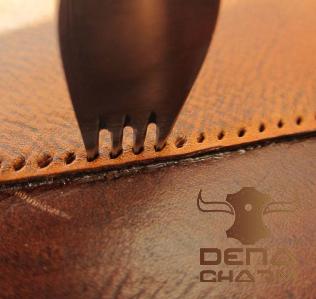 3. Versatility: Faux leather can be dyed in a variety of colors and textures, giving designers more creative freedom in creating unique shoe designs. 4. Easy Maintenance: Faux leather is generally easier to clean and maintain compared to real leather, as it is less prone to staining and requires minimal care. Cons of Faux Leather: 1. Durability: Faux leather is typically less durable than real leather and may not withstand wear and tear as well over time. 2. Breathability: Faux leather is less breathable than real leather, which can lead to discomfort for some wearers, especially in hot climates.
3. Versatility: Faux leather can be dyed in a variety of colors and textures, giving designers more creative freedom in creating unique shoe designs. 4. Easy Maintenance: Faux leather is generally easier to clean and maintain compared to real leather, as it is less prone to staining and requires minimal care. Cons of Faux Leather: 1. Durability: Faux leather is typically less durable than real leather and may not withstand wear and tear as well over time. 2. Breathability: Faux leather is less breathable than real leather, which can lead to discomfort for some wearers, especially in hot climates.
…
 3. Environmental Impact: Most faux leather is made from non-biodegradable materials like PVC, which can contribute to environmental pollution and waste. Real Leather: Real leather is a natural material that is made from the hides of animals, typically cows. It is known for its durability, luxurious texture, and unique aging process that patinas over time. Pros of Real Leather: 1. Durability: Real leather is known for its strength and durability, making it a long-lasting investment for quality footwear that can withstand years of wear. 2. Comfort and Breathability: Real leather is a breathable material that molds to the shape of the wearer’s foot over time, providing a comfortable and customized fit. 3. Timeless Elegance: Real leather exudes a sense of luxury and sophistication, making it a classic choice for timeless shoe styles that never go out of fashion. 4. Biodegradability: Unlike faux leather, real leather is a natural material that is biodegradable and decomposes over time, making it a more sustainable option in the long run. Cons of Real Leather: 1. Cost: Real leather is typically more expensive than faux leather due to the labor-intensive process of tanning and treating animal hides. 2. Environmental Impact: The leather industry has been associated with deforestation, water pollution, and greenhouse gas emissions, raising concerns about its environmental impact and sustainability. 3. Ethics: Some people have ethical concerns about using real leather due to animal welfare issues and the ethics of using animal by-products in fashion.
3. Environmental Impact: Most faux leather is made from non-biodegradable materials like PVC, which can contribute to environmental pollution and waste. Real Leather: Real leather is a natural material that is made from the hides of animals, typically cows. It is known for its durability, luxurious texture, and unique aging process that patinas over time. Pros of Real Leather: 1. Durability: Real leather is known for its strength and durability, making it a long-lasting investment for quality footwear that can withstand years of wear. 2. Comfort and Breathability: Real leather is a breathable material that molds to the shape of the wearer’s foot over time, providing a comfortable and customized fit. 3. Timeless Elegance: Real leather exudes a sense of luxury and sophistication, making it a classic choice for timeless shoe styles that never go out of fashion. 4. Biodegradability: Unlike faux leather, real leather is a natural material that is biodegradable and decomposes over time, making it a more sustainable option in the long run. Cons of Real Leather: 1. Cost: Real leather is typically more expensive than faux leather due to the labor-intensive process of tanning and treating animal hides. 2. Environmental Impact: The leather industry has been associated with deforestation, water pollution, and greenhouse gas emissions, raising concerns about its environmental impact and sustainability. 3. Ethics: Some people have ethical concerns about using real leather due to animal welfare issues and the ethics of using animal by-products in fashion.


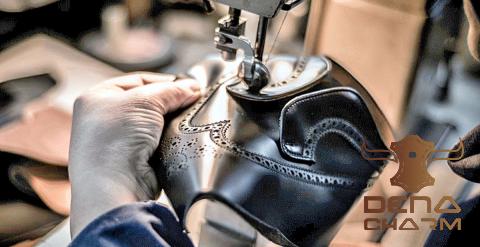
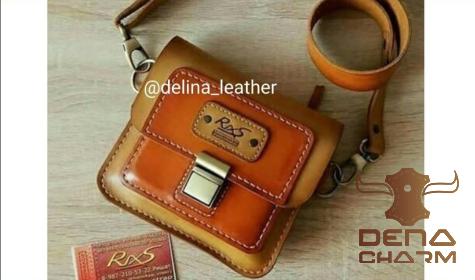
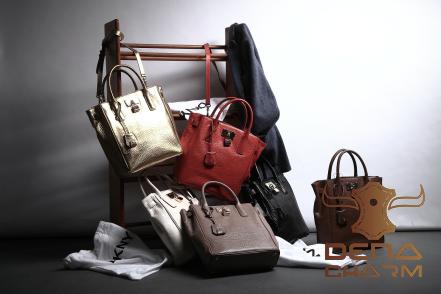
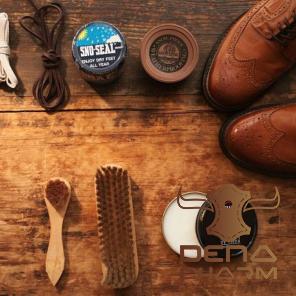

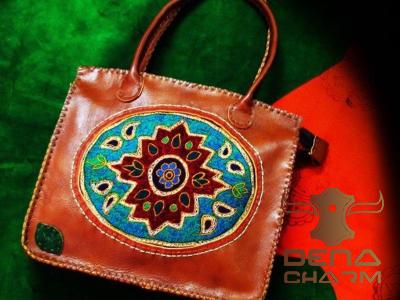

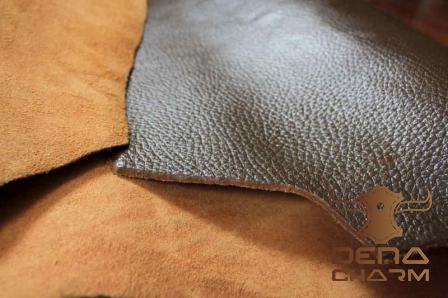
Your comment submitted.